The Coffee Shop in The Balinese House Compound
A friend of mine, whose name is Magic, asked me to find a coffee shop so we could have a relaxing day and enjoy some coffee. We had only about 45 minutes for the coffee stop because we were in the middle of our work.
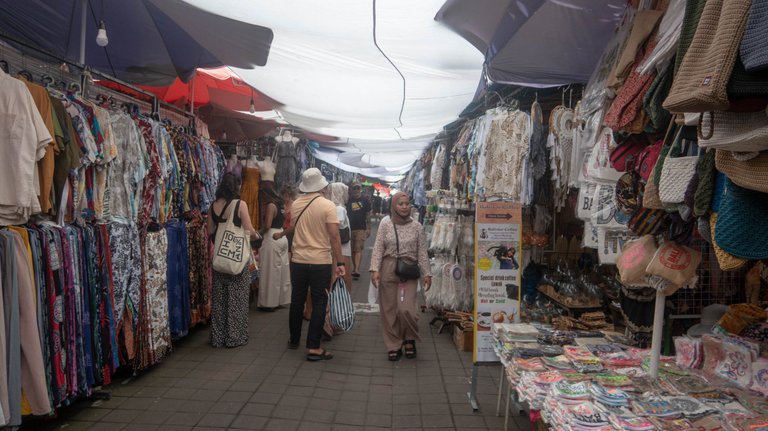
There was a coffee shop inside the Ubud Market that I used to frequent. After the closure of the tourism industry for the last 3 years due to COVID-19, that coffee shop was gone. Well, at least I didn't see it in the market anymore. Now, thankfully, the tourism industry has returned to normal, and even better than before COVID, I had a chance to go to Ubud Market again to find that coffee shop.
As we walked into the market, strolling along the road lined with various souvenir shops, I asked someone I met in the market, "There was a coffee shop nearby here. Where is it now?" The response was, "It's moved to a house."
THE HOUSE??
So she provided me with instructions on how to get to the house. It was not far from where it used to be located; I just followed the road flanked by souvenir shops. Then, I noticed a sign pointing me to the coffee shop. If you don't look closely, I don't think you'll be able to see the sign because you'll be distracted by all these colorful souvenirs on the sides of the road.
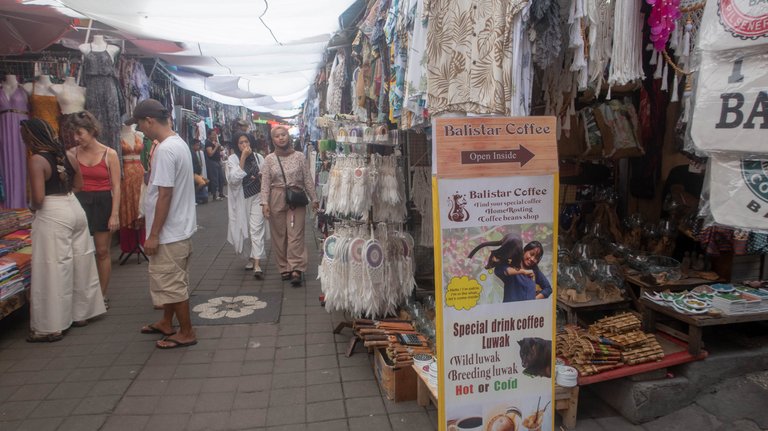
Following the sign, I entered a small alley that led me to a Balinese house compound. It was a very ornate traditional Balinese compound, beautiful with its sandstone carvings and terracotta colors. So, this is where the new coffee shop is located—in the Balinese house compound.
Mind you, a Balinese house compound is not like any other house you'll find in Western countries. In your country, a house is probably divided into rooms. In a traditional Balinese house, a house is divided into structures or pavilions. Each pavilion has a different function; for example, there is a pavilion for the main part of the house, another for children, a temple, or a kitchen—all in separate buildings.
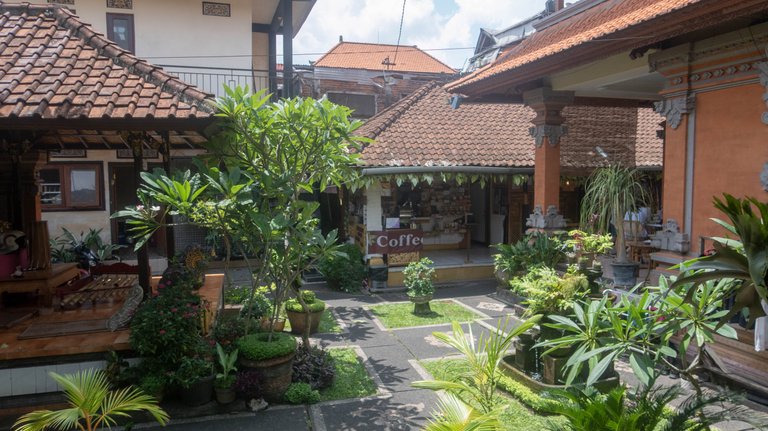
The kitchen is usually in the downstream direction, so this is where the kitchen and the café's main building are located. Various coffee beans were displayed in jars in the kitchen, including coffees from Bali, Mandailing of Sumatra, or Bali, and from different regions of Indonesia. In front of the kitchen, there was an animal—a civet, obviously a pet to them. The civet was sleeping because it's a nocturnal animal, and we went there during the day.


There was a man who welcomed us and then directed us to where we could sit. While waiting for our coffee, my friend Magic was busy talking and taking photos of the civet. He was excited because it was his first time looking at the civet up close, and the civet roamed freely, not placed in a cage.
He said he really liked this place and would like to come back again to have coffee. I ordered a hot cappuccino, and he had iced coffee. I'm not sure which coffee he chose; I think it's one of the Bali coffee Arabica or Robusta coffee.
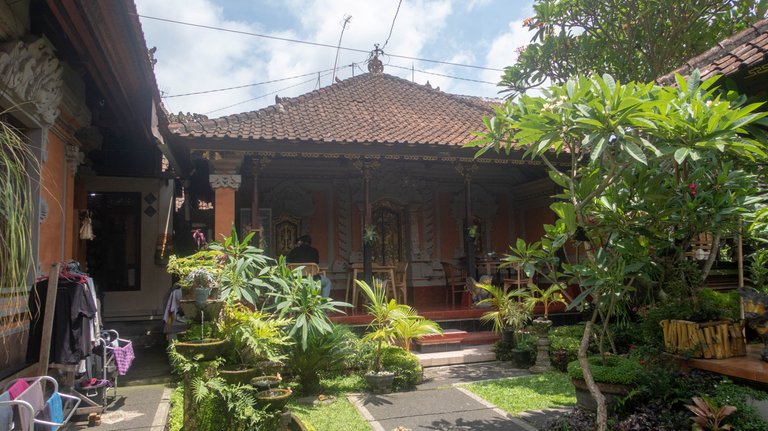
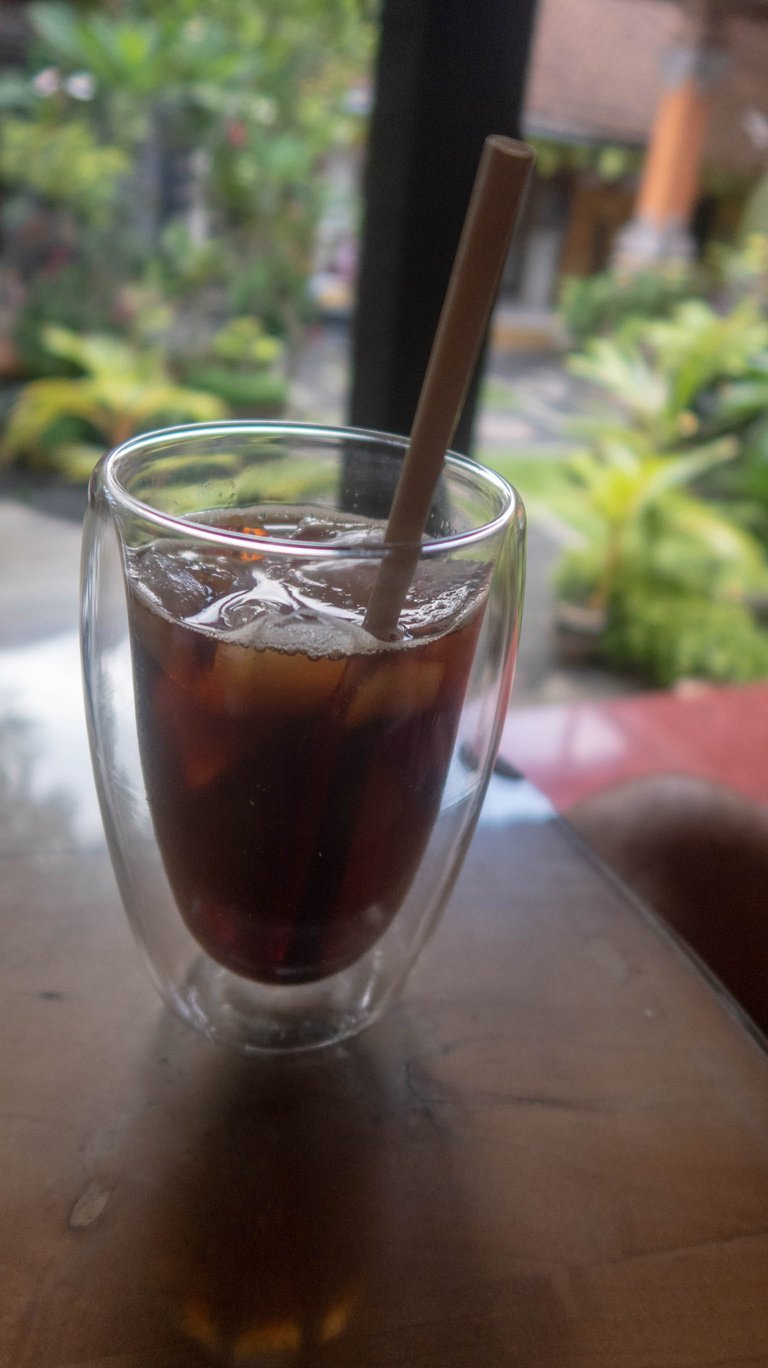
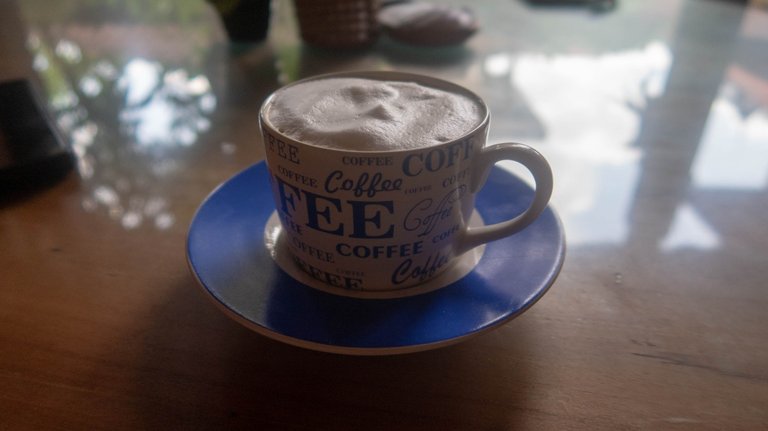
This is a different kind of coffee shop since it is located in a house within a traditional Balinese house compound. I think this is what makes it unique.
Thank you @brumest @qurator 🙏🙏
⋆ ᴛʜᴇ ᴘʟᴀᴄᴇ ғᴏʀ sᴏᴜᴛʜᴇᴀsᴛ ᴀsɪᴀɴ ᴄᴏɴᴛᴇɴᴛ ᴏɴ ʜɪᴠᴇ
⋆ sᴜʙsᴄʀɪʙᴇ ᴛᴏ ᴛʜᴇ ᴀsᴇᴀɴ ʜɪᴠᴇ ᴄᴏᴍᴍᴜɴɪᴛʏ
⋆ ғᴏʟʟᴏᴡ ᴛʜᴇ ᴀsᴇᴀɴ ʜɪᴠᴇ ᴄᴏᴍᴍᴜɴɪᴛʏ ᴠᴏᴛɪɴɢ ᴛʀᴀɪʟ
⋆ ᴅᴇʟᴇɢᴀᴛɪᴏɴ ʟɪɴᴋs 25 ʜᴘ⇾50 ʜᴘ⇾100 ʜᴘ⇾500 ʜᴘ⇾1,000 ʜᴘ
Congratulations, your post has been added to Pinmapple! 🎉🥳🍍
Did you know you have your own profile map?
And every post has their own map too!
Want to have your post on the map too?